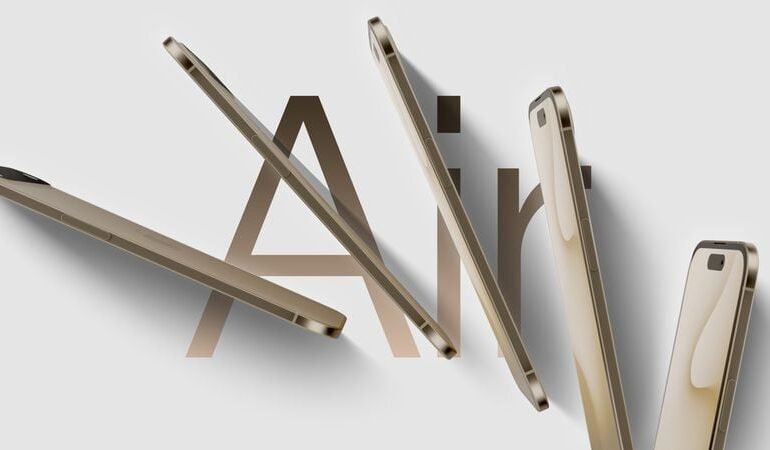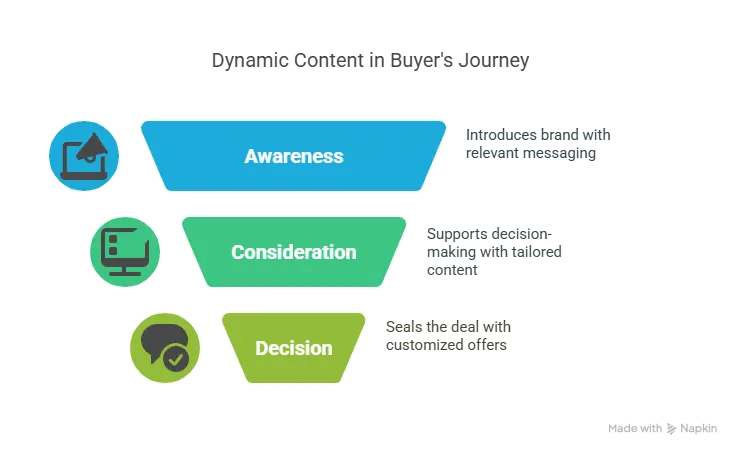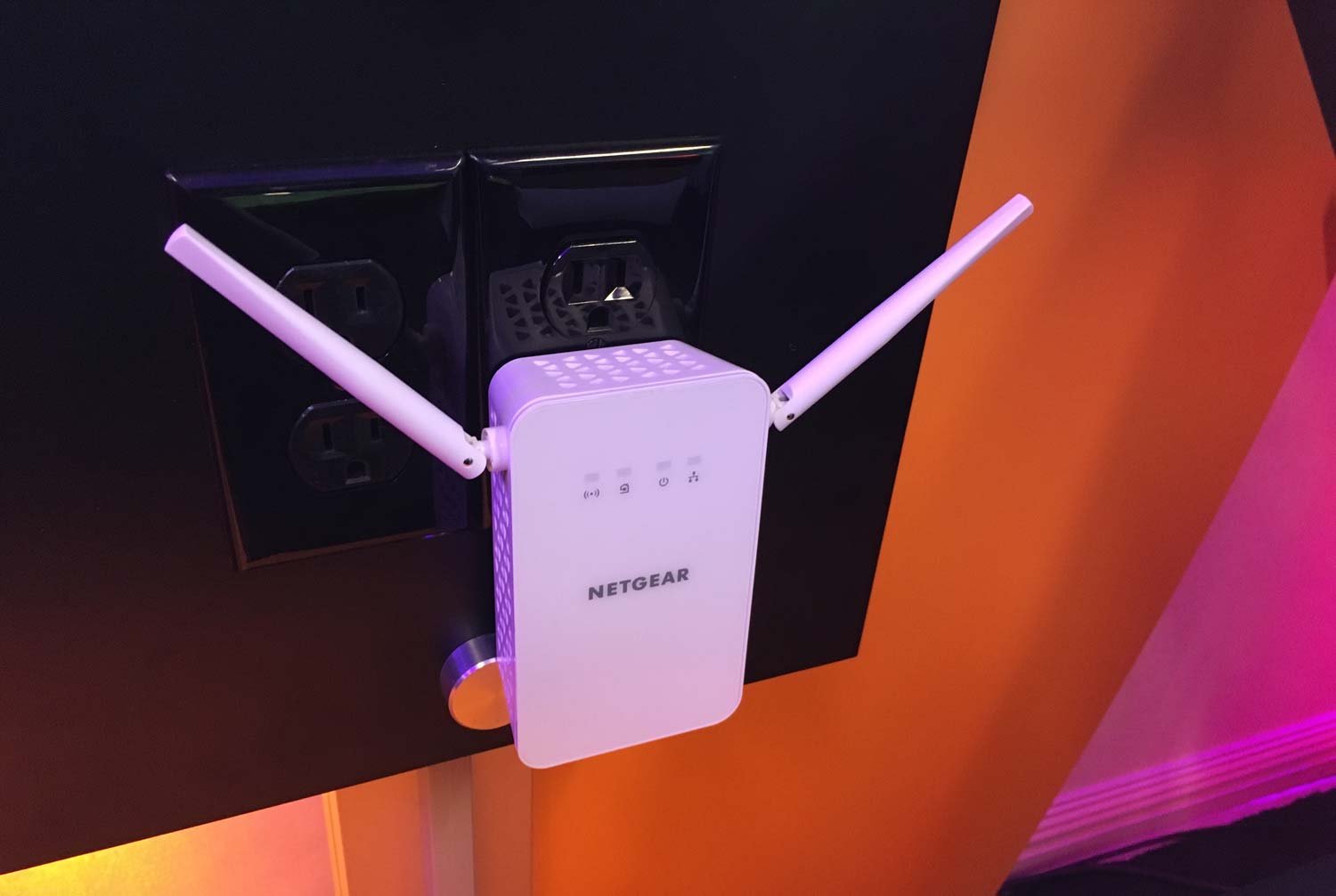The iPhone 17 Air repeats the history of the MacBook Air: face and limited innovation

The star of Tuesday’s Apple Inc. event will no doubt be the iPhone 17 Air, the first major iPhone design in several years. But, like Apple’s first Air product nearly two decades ago, most people probably shouldn’t buy it.
If you’re familiar with the original MacBook Air ad in 2008, you’ll remember the highlights: it was one of the thinnest laptops ever created and much lighter than other machines in the category.
The device also had new and attractive features, such as a multi-touch trackpad. Its design and the decision to dispense with features such as the optical unit slot laid the groundwork for years of new Apple products and the entire computer industry.
The first MacBook Air did not spare in features such as the keyboard or the size of the screen, but it certainly had drawbacks. The processor specifications and storage were poor, and the battery life was mediocre. In addition, it had a limited number of ports to connect peripherals.
The other problem was the price. Valued at $1,799, the MacBook Air was $700 more expensive than a standard MacBook with higher capacity and only $200 cheaper than a much higher MacBook Pro. This left the MacBook Air in an awkward position. Despite its innovation, the machine was a completely impractical purchase for the vast majority of buyers.
Now we’re witnessing the iPhone’s Airification, and Apple is in a similar situation. The iPhone 17 Air, as expected to be called, will have a thinner frame, but will retain a generous 6.6-inch screen. However, it will have serious disadvantages, such as shorter battery life and a single rear camera in an era of more robust batteries and phones with more than three lenses.
It will also be placed, in terms of price, between two much higher phones in terms of specifications and daily use. I think the Air model will be considerably more expensive than the basic 17 iPhone (with longer battery life and cameras) and only a few hundred dollars cheaper than an iPhone 17 Pro (higher in performance, cameras, nd screen technology).
Thus, once again, consumers will be offered a device whose main advantage is how thin it is. This idea may have been interesting in 2008, when laptops became voluminous and unstylish. But it could be a smaller advantage among modern smartphone users.
Battery capacity and camera technology are the two main drivers of upgrades. And, unlike the MacBook and MacBook Pro 17 years ago, the standard and Pro versions of the iPhone are not particularly hard to handle. Samsung Electronics Co. is already proof of this reality. It launched a model similar to Air 17, called S25 Edge, in May this year, and sales have been disappointing.
In short, the new iPhone Air may be a great (or impressive) technological device, to name the slogan of Apple’s event, but it probably won’t be a very successful product. I think it will be more successful than the mini and iPhones of recent years, but it’s a pretty low bar. Those formats never became popular with consumers.
Still, focusing on the model’s initial success is probably a mistake. The 2008 MacBook Air also didn’t have very good sales. But it laid the groundwork for the 2010 MacBook Air, redesigned with processors up to the MacBook and the standard MacBook Pro, and with a lower initial price of $999. The rest is history, and the MacBook Air has been Apple’s best-selling Mac for at least a decade.
The 2010 MacBook Air model also caused changes to the MacBook Pro, which ended up switching to flash storage and thinner designs, and eliminating optical drives.
I think the iPhone Air will eventually follow the same path, which means a device as thin and light as the iPhone Air will become the new norm. Once the physics catch up, and Apple can create a thin phone that still offers battery life, performance, and Pro-level cameras, the company will. In other words, the iPhone Air is a preview of the future.
From a technological perspective, it also paves the way for other products. Engineering, changes in the chemical composition of batteries, the inclusion of internal wireless modems and chips, screen settings, and production improvements will make it easier for Apple to introduce its first folding iPhone next year. This will be followed by a renewed Pro model in 2027.
That’s really exciting, but none of these are reasons to buy a first-generation Air. For the vast majority of those looking for a new phone, the iPhone 17, the 17 Pro, or the 17 Pro Max will be more practical.
On the other hand…
Apple prepares an answer engine to compete with Perplexity and OpenAI, with the possible help of Google. More than a year ago, in June 2024, Apple announced a major redesign of Siri. The idea was to modernize AI and allow the voice assistant to use user data and on-screen information to respond to queries. The new system would also allow customers to control their devices and apps completely with their voice. But it didn’t all go well from there. Apple delayed that update earlier this year while reorganizing management and planned to improve Siri’s architecture.
The update is yet to come,e ad, although Apple doesn’t say exactly when, I reported that the launch is scheduled for spring. But there’s more. Apple has taken this opportunity to rebuild the wizard and create a new search product, known internally, World Knowledge Answers, or WKA, to compete with OpenAI’s Perplexity and ChatGPT. This feature is also scheduled for March as part of the new Siri and could also be integrated into the Safari browser and the Spotlight search tool.
There’s another interesting twist on the new Siri: Apple is seriously considering taking advantage of large external language models to drive it. The company spoke to OpenAI about creating a model for her and has made good progress with Anthropic in a deal. But in recent days, he reached a new evaluation agreement with Google’s Gemini team to test and perfect a Google-created model that could run on Apple’s servers.
There is no final decision on which company will be chosen, but current signals suggest that the new Siri will work with a combination of Google technology and Apple’s internal model. It should also be noted that Apple already has some AI-related agreements to use Anthropic’s Claude. There is plenty of time until March, but Apple should soon make a final decision on this new architecture.
The impulse to bring Apple Intelligence to China continues.
Earlier this year, I said Apple was working to introduce its AI platform in China through partnerships with Alibaba Group Holding Ltd. and Baidu Inc. The idea is to use Alibaba as a censorship engine that can control AI models on Apple devices at the behest of the Chinese government (a requirement for any launch in the region). Baidu, for its part, will take on the role OpenAI and Google have in the US, helping to boost Siri chatbot and tools such as Visual Intelligence.
Initially, a launch was planned for the middle of the year, as part of an update of iOS 18. But there have been hurdles related to Chinese regulations, as well as the concern of U.S. government officials about the plan. However, Apple has not given up. Company teams are still working hard to bring Apple Intelligence to China. It’s too big a market to ignore, and Apple risks its local rivals attracting customers with their own AI features.
While it is plausible that the launch is delayed again, the current plan is to launch the functionality before the end of the year, with the software included in iOS 26.1 or iOS 26.2. I’m told the company is actively testing the functions with employees in China and continues to work with Alibaba and other suppliers at the launch. Apple sees this as a key factor in the sale of the iPhone 17.
Instagram hits the iPad. At last.
Not surprisingly, Instagram took so long to get to the iPad. Meta Platforms Inc. chief executive Mark Zuckerberg said after the iPad launch in 2010 that the device was a computer and did not need a custom Facebook app (the browser could be used). The social media company gave in the following year and implemented Facebook for the device. WhatsApp, from Meta, for its part, was barely released on the iPad in May this year.
Finally, the Instagram app for iPad is now available, 15 years after the tablet launched. And while the new software works wonderfully, let’s be honest: it’s not even necessary anymore. The current iPadOS operating system facilitates the use of multiple resizing windows, a method that works perfectly with the Instagram version for iPhone. I’ve been using that app on my iPad for several months as a small window. The only question now is whether Meta will finally launch a Vision Pro version of Instagram (it’s joking.)










